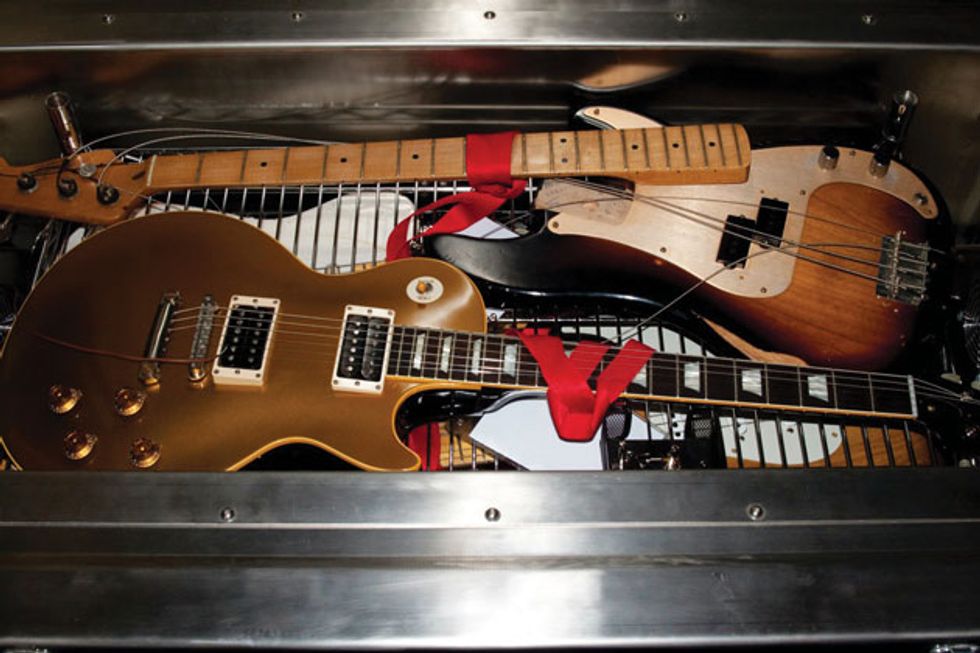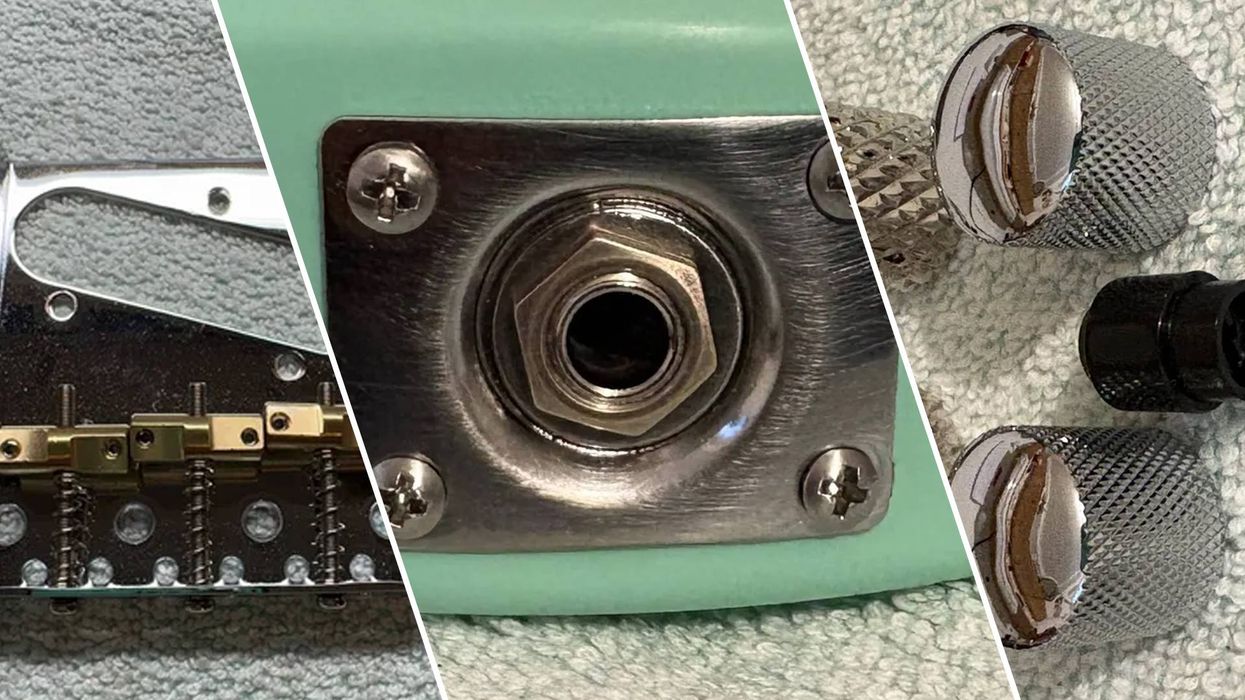Can cooling down these instruments improve their sound? Photo courtesy of georgeforrester.de
In my previous column, we looked at deep freezing and its effect on strings [“Cold Facts About Strings,” April 2016]. But there’s more to explore about cryogenics as it pertains to bassists, so let’s look at what else gets thrown into the cold to see if there’s any evidence this process can have a positive impact on our tone.
For the record, I’ve never used any cryogenically treated hardware or instruments, and because the possible outcome can be complicated, I don’t want to. But most important to me is that I don’t want to play the role of judge in this debate. There are well-known players who swear they hear a difference, and I’m not going to call them deaf just because it can’t be verified. As long as it works for them, that’s fine.
For some hardware the treatment seems nonsensical, yet for other items there’s a small chance it might have an effect, so let’s look at the stated goals to determine if they’re theoretically possible. It’s useful to get a first impression of what these treatments might be capable of—especially because some providers tell us that the cryogenic process is even more effective for bass than other instruments.
The cryogenic treatment of musical instruments originally started with brass wind instruments and piano strings, so logically, the next items to get the treatment were also metal parts like bridges, frets, and even pickups. Today, a few manufacturers are so convinced of the process they use it for almost every part of an instrument—or even the fully assembled instrument.
Because of the weak, complicated, or unclear evidence in metallurgy and other scientific studies, manufacturers feel compelled to prove their stand. The easiest way to do this should be to let us listen to the end result, but after comparing some of these before-and-after recordings my impression is that the treatment doesn’t dramatically alter the overall tone. There’s nothing fundamentally wrong with that, given that the last step from superb to holy grail can be subtle, as well as the hardest and most expensive.
As with strings, some of the claims of why we need cryogenic treatment are rather adventurous. For example, you need it because “every major Formula 1 team treats their engine components ... for added horsepower.” Another claim is on an even larger scale: “Cryogenics started with the Super Conductor/Super Collider to accelerate particles to the speed of light. Like many discoveries made by science, it works its way down to the common man or, in this case, guitar players and improved guitar tone.” Besides the indisputable fact that cryogenics didn’t start at the Swiss-based CERN particle collider, and that super-conductivity is a whole different thing, the statement also subtly implies our circuit’s electrons will move at close to the speed of light. They don’t!
Of course, not everyone is marketing cryogenic treatment this way. Some manufacturers are really convinced they’re onto something and attempt to sell it in serious ways. Here’s one statement that regularly pops up: “Cryogenic treatment ... permanently aligns crystal lattice of all materials and removes stresses introduced during manufacturing of raw materials.” De-stressing something by cooling it down is rather implausible—if not impossible for most materials.
Or how about: “This pair of electric guitar pickups is actually super-cooled ... to enhance clarity and string definition, copper and silver alike.” Yes, there is a change in steel when it’s treated cryogenically, but that doesn’t extend to pure copper and silver. One study using copper finds a loss of resistance of about 3 percent, while a hundred others couldn’t find any changes.
One frequently repeated claim is a rise in output—often stated as much as 18 percent! Assuming output here means power (the product of voltage and current), then why not publish the measurements? And why continue messing with pickups instead of revolutionizing the worldwide industry of transformer stations and power plants?
Organic materials can behave in more complex ways than alloys, so it’s hard to rule out every possible reaction, and it would be great to get some deeper—and better-researched—insights. One could easily put the claims of the cryo folks over in the shallow end of the credibility pool if there weren’t reports that some people really noticed an audible change to the better. These reports of positive results are not singular cases, so perhaps we should at least stay curious and just be thankful there are people trying unusual things before there’s hard evidence to prove they work.








![Rig Rundown: AFI [2025]](https://www.premierguitar.com/media-library/youtube.jpg?id=62064741&width=1245&height=700&quality=70&coordinates=0%2C0%2C0%2C0)












 Shop Scott's Rig
Shop Scott's Rig



![Rig Rundown: Russian Circles’ Mike Sullivan [2025]](https://www.premierguitar.com/media-library/youtube.jpg?id=62303631&width=1245&height=700&quality=70&coordinates=0%2C0%2C0%2C0)











































